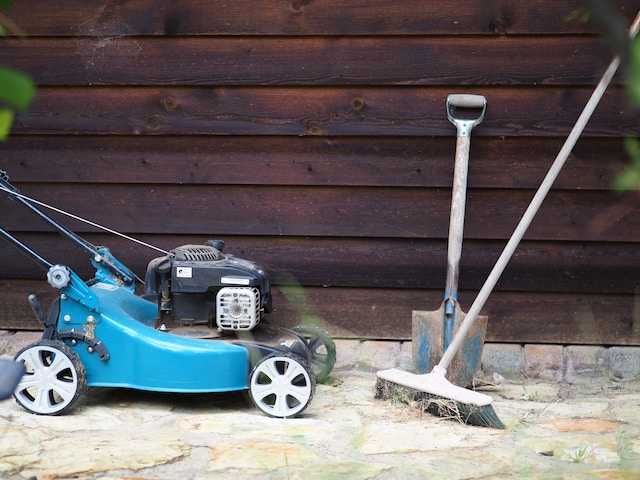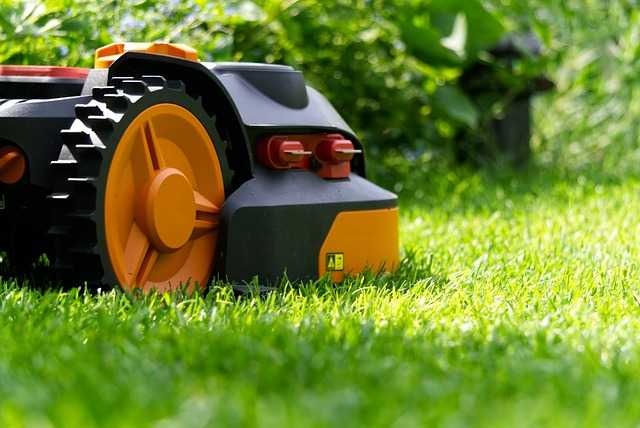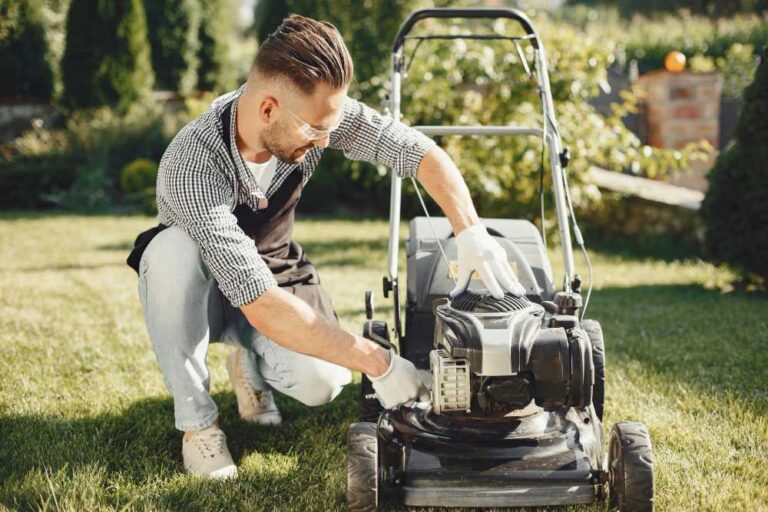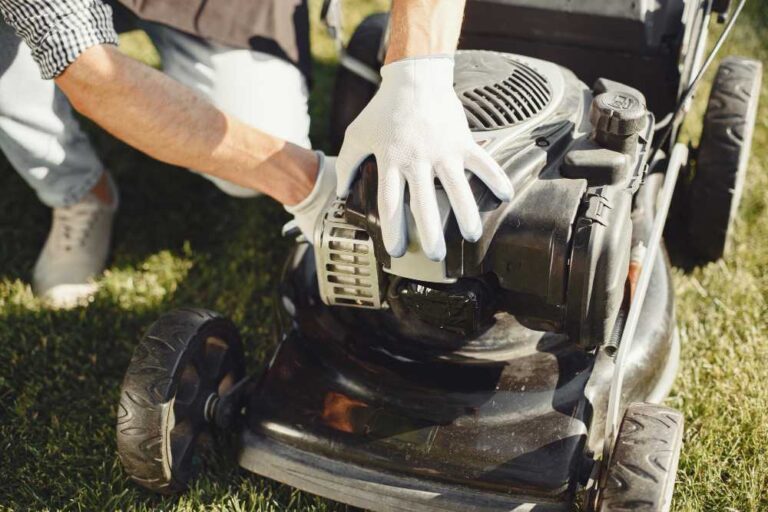Differentiating a Scarifier vs Aerator
Taking good care of your lawn requires that you understand the difference between a lawn scarifier and an aerator. Most gardeners aren’t sure if they need one or both tools. Generally, you should understand how each tool works to decide which best suits your needs.
While curating your lawn involves various processes and tools, you should ensure the soil is properly aerated to allow percolation of air and water into the root systems. As such, you should learn the difference between a scarifier vs aerator.
Scarifier Vs Aerator: The General Difference
As mentioned, gardening enthusiasts need to ensure their lawn soil is properly aerated. This allows proper percolation of water and air into the root systems. Aeration, as the name suggests, encourages soil flora and microfauna that influence the growth of a healthy lawn and soil to breathe. Aeration also reduces uneven turf growth and produces resilient growth.
It is not uncommon for lawns to generate a lawyer of organic debris and thatch that prevents nutrient and oxygen flow. Aerators with spikes or plug tines breathe through this layer, allowing free airflow. On the other hand, scarification removes the thatch and organic debris layer on the lawn surface.
That said, you’ll need both the aerator and scarifier to maintain a lush, green lawn.
What is a Lawn Scarifier?
Lawn scarifiers are important gardening tools used to remove moss, thatch, and organic debris from the lawn surface. A scarifier has blades or tines that cut through the grass to pull out debris. Thatch is typically an accumulation of decomposing organic matter, such as stems, roots, leaves, and plant material, covering the top of lawn soil.
Thatch buildup can prevent water and nutrients from reaching the root systems of your lawn grass and other plants. Lack of nutrients and water makes the plants weak and eventually dry off. Similarly, moss is common in areas that don’t receive sufficient sunlight.
Lawn scarifiers are available in different sizes and shapes. Some scarifiers are designed for large gardens, while others best suit small spaces like balconies and patios. Most common models have long metal blades that rotate at high speeds, quickly tearing through any thatch or moss on the lawn’s surface.
When to Scarify Your Lawn
You should consider the following telltale signs that your garden needs scarification:
1. Thatch Buildup
An overgrown thatch on your lawn often results in several unpleasant situations. While it starts slowly, thatch buildup causes poor drainage, which leads to significant problems, such as dead grass patches. Thatch buildup means the soil underneath won’t dry enough or access air, suffocating the root systems.
Using a scarifier to remove excess thatch improves drainage on your lawn. Regular scarifying makes the grass healthier.
2. To Reduce Weeds, Pests, and Diseases
Scarification removes common weeds, pests, and diseases from your lawn. Thatch buildup makes your lawn habitable for pests and weed seeds. These can cause problems on your lawn if left unchecked. Weeds often find it difficult to grow, while pests won’t have a place to hide after scarification. Bacterial, fungal, and viral infections also have minimal chances of growing and multiplying in a healthy lawn.
3. To Remove the Springy Sensation
Most lawns with overgrown thatch often feel bouncy walking on them. This strange sensation is the reason most people avoid the lawn. Removing thatch buildup makes the lawn feel solid to walk on.
4. To Increase Aesthetic Appeal
A green, lush, and healthy lawn automatically boots curb appeal. This makes your lawn enjoyable for everyone. You’ll certainly be wowed by the perfect stripes instead of uneven patches of an overgrown thatch.
Choosing a Scarifier
The size of your lawn is a crucial consideration when shopping for a scarifier. Scarifiers also aerate the soil, which makes them a less effective but more efficient option than aerators. Gardeners with small lawns can use electric scarifiers instead of aerators to clear moss, thatch, and aerate their gardens.
However, homeowners with large lawns should invest in a petrol scarifier. They are perfect, even for uneven lawns and severely over-thatched lawns. That aside, you should consider the costs. Unless you are committed to serious lawn care, hiring a scarifier is more cost-effective than buying new equipment. You might also consider buying scarifier attachments that can work with garden tractors and lawnmowers.
What is a Lawn Aerator?
Lawn aerators are gardening tools that improve the health of lawns and gardens. Aerators work by poking small holes that allow penetration of air, water, and nutrients deeper into the soil. While aerators are available in different sizes and shapes, they all have one thing in common. They all make holes in your lawn to allow oxygen and nutrients to reach deep into the root system.
Allowing air and water deep into the soil promotes the healthy growth of your lawn plants. It also reduces compaction from mowing and heavy foot traffic. Most gardening supply stores have the plug aerator, a popular type that uses hollow spikes or tines to plug soil surface. This leaves behind small holes that air, water, and nutrients can easily use to get into the root zone.
When to Use an Aerator
Knowing when to aerate your garden is the same as figuring out when to scarify. While you should take a proactive approach, consider aerating your garden for the following benefits:
1. Break up Compacted Lawn
Aeration easily loosens compacted soil. You should specifically aerate if most of your lawn has clay soil or other soil types with poor drainage properties. Lack of proper aeration causes suffocation of grass and lawn plants. Breaking up compacted soil increases air flow and makes the soil easier to drain.
2. Increases Nutrient Access
Apart from air and water, root systems also benefit from nutrient access. Unlike compacted soil, loose soil allows nutrients to penetrate better. Essential nutrients like phosphorus, potassium, and nitrogen can easily reach the root system after aeration. These nutrients are the backbone of healthy grass blades. They also make garden plants resistant to pests and diseases.
3. Evens out Lawn Patches
As mentioned, lack of proper aeration can lead to thinning of soil and brown patches of grass in your lawn. However, improving soil health ensures grass grows evenly, and your lawn appears visually uniform.
Choosing an Aerator
Like choosing other garden equipment, you should prioritize the condition and size of your lawn when choosing an aerator. You should also look into your physical abilities, the traffic on your lawn, and the type of soil and grass present. Small gardens require simpler and less advanced methods. For instance, hand-held aerators or garden forks can aerate small lawns.
Similarly, you’ll need a standard spike aerator for clay and sandy soil types, as they are light. However, you’ll need advanced aerators for heavier and denser soil types. Large gardens and those with dry soil need mechanical aerators or a dedicated aerator machine.
The Bottom Line
Knowing the difference between a scarifier and an aerator is important for growing a healthy and attractive garden. Lawn scarifiers best remove thatch from gardens, while aerators improve soil structure and drainage. You should assess your garden to determine if you need both tools.






